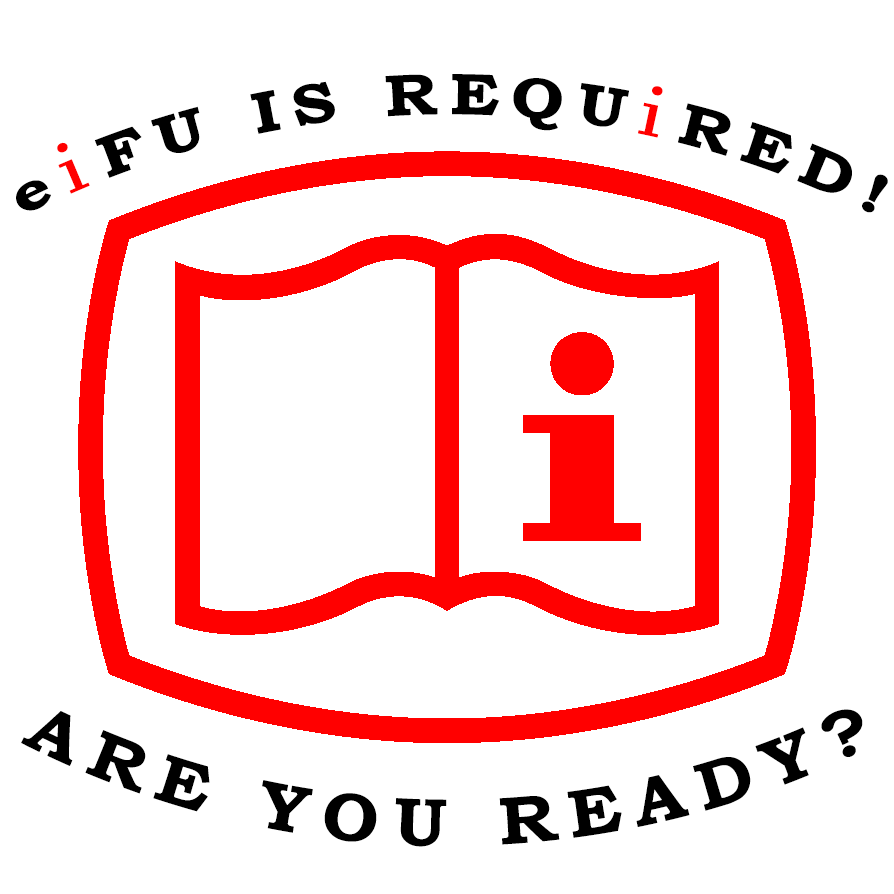The MDR race has started, Are you surprised?
The new form Manufacturer Investigation form for reportable events in EU is mandatory starting this November 2025. MDR Compliance (Article 120) / New Manufacturer’s Investigation Form Non-serious events demonstrating a trend or significant risk management changes that occur during post market surveillance also must be reported. >The new form requires EUDAMED information and product UDI-DI and basic UDI-DI. What Changed? Comparing the previous form to the new form, the following significant changes impact complaint investigation and reporting: Field Change / Difference from Previous MIR form 1.2d Manufacturer Awareness Date of reportability…
The Innovation Killer – MDR/IVDR
Medical device companies in Europe and pharmaceutical companies share a unique business challenge, inability to innovate production processes because of currently insurmountable barriers to change. For example, Chlorine Dioxide sterilization can be validated and implemented as a replacement sterilization process for EtO for medical devices. However: NOT for products marketed in Europe that are not MDR certified. An environmentally safe option to ETO '(a carcinogenic an mutagenic for the operators and end users) is likely to be utilized in the US before EU. The reason is that the change from…
A Validated eIFU Service?
Manufacturers marketing product in the European Economic Area (EEA) must now complete registration in EUDAMED. Manufacturers need to register the official URL where e-IFUs are hosted in the EU's EUDAMED database. EUDAMED eIFU Compliance – Service Provider Available >QMS Velocity has an online form and partners with Shedpaper to provide a one-stop service. >Robust software validation: Online Documentation Specification >Example: Working eIFU Solution Outsource the activity to a service provided that can be managed through existing supplier management controls. Added benefit: Risk management, software validation, and maintenance do not have to be recreated…
NC Incomplete PSUR, Easy Peasy
NC – Incomplete PSUR An annual Periodic Safety Update Report is required for both Medical Devices (except Class I) and In Vitro Diagnostic Medical Devices. The inputs to the PSUR are usually viewed as data inputs which is the root cause of an incomplete PSUR. Quality subsystems and processes such as CAPA, Clinical evaluation, risk management, Vigilance, and Field Actions are required to be linked and ordered in accordance with a closed loop post market surveillance system to sustain compliance over time. Sustaining Compliance vs Initial Compliance One subtle requirement…
MDR Extension
The extension of Medical Device Regulation (MDR) deadlines under (EU) 2023/607 (Ref. MDCG 2021-25 for additional guidance) has led many manufacturers to breathe a sigh of relief. With additional time granted for compliance, some organizations may feel a reduced sense of urgency. But does this extension truly mean manufacturers can afford to wait? Not exactly. While the new timelines offer flexibility, they come with specific conditions and ongoing requirements for quality management system (QMS) remediation. Now is the time to take a strategic approach and leverage information to streamline remediation…
IVDR Extension: A Free Pass or a Strategic Opportunity?
The recent extension of In Vitro Diagnostic Regulation (IVDR) deadlines under (EU) 2024/1860 has led many manufacturers to breathe a sigh of relief. With additional time granted for compliance, some organizations may feel a reduced sense of urgency. But does this extension truly mean manufacturers can afford to wait? Not exactly. While the new timelines offer flexibility, they come with specific conditions and ongoing requirements for quality management system (QMS) remediation. Now is the time to take a strategic approach to compliance—before the deadlines become a last-minute scramble. A Mixed…
Hot Potato
Developing true interdependence between clinical teams and business-sustaining functions is a challenge. The learning curve is steep—particularly when navigating the complexities of ISO 14971 and ISO 24971—and failure to properly integrate risk management updates can lead to compliance liabilities. One of the biggest hurdles organizations face is the lack of a clear leader to drive the transition. While multiple departments contribute to risk management, a designated subject matter expert (SME) is essential to facilitate collaboration, answer questions, and streamline updates. In the early stages, many organizations turn to consultants to…
A Journey Of A Thousand Regulations Starts With A Gap Assessment (Doesn’t It?)
For MDR or IVDR remediation, gap assessments are a difficult process and results in a body of work without making any progress on actual remediation. Although gap assessments are an important tool to review gaps and provide evidence of compliance, the magnitude of the Medical Device Regulation (2017/745), multitude of MDCG documents interpreting the articles, and industry guides creates complexity to list and map out requirements. Since 2020, I worked on several gap assessments as a first step for MDR (2017/745), including the following: Current state versus desired state. Comparing a…
What EU is doing better than the US: Closed Loop Post Market Surveillance “CLPS”
With MDR implementation, companies are linking risk management and complaint systems and post market surveillance system. Many US companies were already doing this because FDA inspections check to see if complaints, CAPA, and risk analysis are linked. “Product and quality problems should be analyzed to identify product and quality problems that may require corrective action. The firm should routinely analyze quality data regarding product and quality problems. This analysis should include data and information from all acceptance activities, complaints, service, and returned product records.” (Reference Pg 51 QSIT Guide)…
What can go wrong? Double the work and half the time for mandatory reporting
A likely cause of a nonconformance (NC) before and after IVDR or MDR accreditation is associated with tighter Vigilance reporting requirements. What changed? EU2017 746 IVDR Article 82 (2) / EU2017 745 MDR Article 87 (3) “Manufacturers shall report any serious incident* immediately after they have established the causal relationship between that incident and their device or that such causal relationship is reasonably possible and not later than 15 days after they become aware of the incident.” Event Type Initial Reporting Timeline Serious public health threat a serious public health…
eIFU is NOT easy… But it can be
Although FDA and MDR allow eIFU to be used, the Australian TGA has provided the clearest guidelines on requirements of eIFU. The first eIFU platform I worked on and implemented was over twenty years ago. If requirements are well defined, and technology is not a major roadblock what is the hardest part of implementing eIFU? Why is it so hard? Based on experience, there are two challenges that seem difficult to overcome regardless of size of the organization: Software validation and software creation are not typically a strength of medical…










